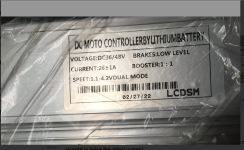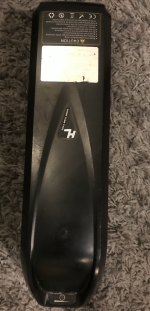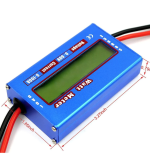Cyclomania
10 kW
I have a bike with a 250 watt motor.
I have overvolted this bike quite a lot. So I have a controller with max current of 25. And a 48volt battery 17AH.
When going up a slope earlier today. The motor then started making all kinds of strange noises. At least I am 80% sure this sound comes from the motor.
The battery connections still shows me 48 volts so I don't think the battery or controller have taken any damage. But the motor gave me a lot of strange sounds. It still runs but with a strange sound. Any idea what this is or how I can fix it?
I have overvolted this bike quite a lot. So I have a controller with max current of 25. And a 48volt battery 17AH.
When going up a slope earlier today. The motor then started making all kinds of strange noises. At least I am 80% sure this sound comes from the motor.
The battery connections still shows me 48 volts so I don't think the battery or controller have taken any damage. But the motor gave me a lot of strange sounds. It still runs but with a strange sound. Any idea what this is or how I can fix it?





